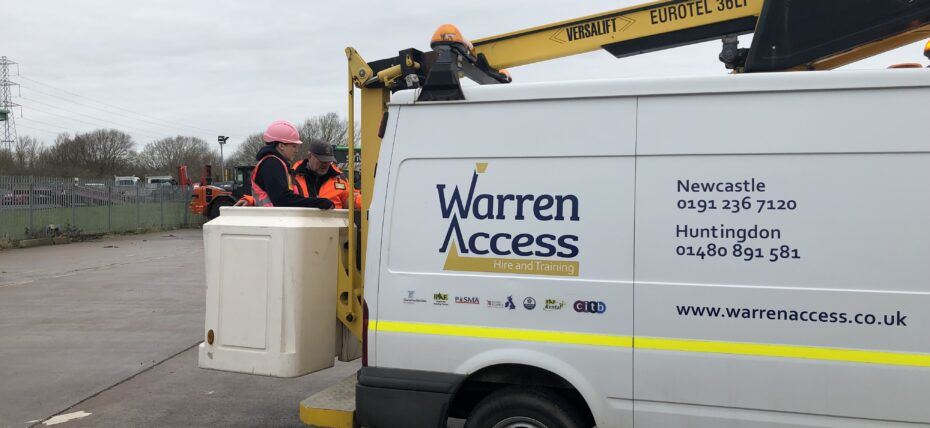
PSG release guidance on avoiding entrapment
Available to download from IPAF resources section - link below.
According to the IPAF Accident Reporting Portal, 73 people died from entrapment between 2016 and 2020. To reduce this figure, The Construction Industry Plant Safety Group (PSG) has put together good practice guidance that outlines ways to reduce the risk of entrapment while using MEWPs.
Download the guidance here – Good Practice Guidance for Reducing Trapping/Crushing injuries to people in MEWPs.
What is entrapment?
Entrapment is when MEWP Operators become trapped by obstructions, often to the point where they can’t operate the controls or move the MEWP away to free themselves. They may even be forced onto the control panel. It results in crushing injuries that are usually severe and often fatal.
What does the guidance cover?
The good practice guidance is for anyone who uses MEWPs. It covers all aspects of the work, from planning and risk assessments to operation, supervision and rescue operations.
How can you reduce the risk of entrapment?
According to the guidance, here are ten ways to reduce the risk of entrapment:
- Before moving a MEWP, plan your route so that you have plenty of space between obstructions, and always make sure you pay attention to your surroundings.
- Select the correct MEWP for the space you are working in and the job you are doing.
- Ensure operators are familiar with the MEWP they are using by carrying out familiarisation training.
- Only operate the MEWP if the ground conditions are suitable and identify and protect any obstructions.
- Ensure you have good visibility and enough light to work safely.
- Carry out pre-use checks and only start once you know the MEWP is functioning correctly. Never override controls.
- Have a rescue procedure in place and practice it so that everyone knows what to do in an emergency.
- Keep distractions to a minimum and keep the MEWP basket clear of all obstructions.
- Never obstruct the controls. Always put equipment in approved containers and never on the control panel.
- Slow down and pay attention while working, and never lean over the controls.
